When was the last time you got excited about a full color, tri-fold brochure? Were you ever drawn to an exhibit because of a satin banner tablecloth? Probably not, at least not in the last twenty years anyway. So, what does get people excited about a booth display? What makes them tell others, “You HAVE to visit booth 94! They have THE coolest thing there!” The answer is technology—digital, virtual, social—and the more experiential, the better.
Digital
Giant banners with unique font choices are no longer powerful enough to draw event attendees to your exhibit space. Digital signage, like LCD displays, are a better way to appeal to and engage with potential customers. Currently, there are four popular ways to use digital signage at off-site events.
- Information kiosks to deliver information to small groups
- Interactive touchscreen tablets at single user stations
- Flatscreens mounted on display walls to provide information and show announcements
- Projectors integrated into booth exhibit design for events and presentations
There are other ways to use digital technology to your advantage, as well. For example, at every event, you’ll see people walking around while using their cell phones, iPads, tablets, and other electronic devices. These aren’t just distracted attendees, they are opportunities! These people and their devices have one thing in common: the need to recharge.
Recharging stations within exhibits are becoming more and more popular at off-site events. As a spa retailer, you have a unique opportunity here. Why not set up some chairs and a patio table equipped with several charging ports where attendees can sit back and recharge themselves while recharging their devices. Be sure to equip the stations with USB ports, AC power outlets, lighting connectors for Apple devices and micro-USB for Android devices. You could even provide complimentary bottles of water.
Now that you have people coming to your exhibit to recharge, provide touchscreen displays to introduce them to your products and services. Placing a small monitor near each charging station encourages interaction with your brand. While people wait for their devices to charge, they can browse through information about the company, the different types of spas, the benefits of owning a spa or any other material you may want to make available.
Above anything else, technology sets you apart from the rest because you’re not just selling spas, you’re entertaining and teaching the customer.
Even if you don’t have a charging station at your exhibit, having a television monitor with engaging content running is a good way to catch the customer’s eye and start a conversation. One spa professional says, “The right story playing on a TV may be just enough to allow a customer to ask a qualifying question. Print graphics and banners just don’t grab like moving content.”
Virtual
The newer and more interactive the technology, the more crowd it attracts, according to one spa dealer, and virtual reality is the newest. Unlike augmented reality, AR, which layers digital information onto images (think Pokémon Go), virtual reality, VR, simulates real experiences. The major appeal of virtual reality is that “people no longer want to be spectators—they want to be participants.” VR is as experiential as it gets. Bullfrog Spas has created a virtual reality program that simulates the experience of using one of their hot tubs. Imagine seating an event attendee in one of your empty spas, providing them with a headset and earphones and letting them experience a virtual soak. While they relax in their virtual spa environment, they are given a guided tour through the spa itself: the jets, the plumbing, and the overall structure of the spa.
Bullfrog’s digital marketing manager, Jake Ricks, tells Aqua Magazine that the biggest difference between AR and VR is that VR is immersive, “it grabs your attention and gets you focused on hearing the marketing message, but additionally, it blocks out everything else…you’re able to completely captivate somebody.” An added bonus is the ability to run standard video on the screen when the VR isn’t being used, plus the information is easy to update because it’s digital.
Technology allows dealers to display nearly all of their products without having to ship them to the exhibit site, which is great for smaller booth and event spaces.
The main goal is to get people’s attention, after all, says one dealer, “You never know who will enter a conversation about purchasing a hot tub just because they always wanted to try VR.”
Social
Social media is another type of technology that can be used to improve the off-site event experience. For instance, if you offer a digital lounge with charging stations, encourage users to post about your booth while they check their email and social media after recharging their devices. You can even include suggested posts like these:
- Twitter: #recharge@booth123
- Instagram: post a photo with tag line “Recharging at #ultimatespaexperience before hitting the trade show floor again.”
- Facebook: Shout out to #booth123 for providing a place to rest my feet and charge my phone!
Also, find out if the event sponsor has a mobile app for attendees. If they do, ask if you can use push notifications to communicate in real time with event goers. Real time communication is a great way to invite people to your digital lounge or to promote virtual reality at your booth. Just be sure to tailor push notifications to the interests of attendees and include a call-to-action that requests a response. You might have them schedule a specific time for a virtual reality experience at your booth, or maybe the first five people to respond to your communication get to jump the line for a VR experience.
The Bottom Line
The bottom line is that off-site events should be fun, valuable, engaging, and exciting, and technology does that. Above anything else, technology sets you apart from the rest because you’re not just selling spas, you’re entertaining and teaching the customer. With 77% of marketers considering experiential as vital to advertising strategy, Absolute Exhibits expects “interactive multimedia displays will be a standard feature” in all off-site events “sooner than later.” Here is a real life example from one hot tub dealer:
“At the 2015 event they showed a new spa and had a TV that debuted branded video content. The show went well and expected sales numbers were hit. The next year was almost identical as far as product and innovation go. This time however they went all out to create a customer-focused interactive experience. The response was night and day. People with no interest in spas came to see what was going on. Not only were event sales numbers up, but they knew they made an impression on consumers who may be ready to buy a spa a year from now—in other words, our future customers.”
You never know who will enter a conversation about purchasing a hot tub just because they always wanted to try your VR or just needed to recharge.
Remember that technology is not exclusive to any one event type. An important thing to note is that technology allows dealers to display nearly all of their products without having to ship them to the exhibit site, which is great for smaller booth and event spaces. As you evaluate the types of technology available to you, keep in mind that the best choices are those that are engaging for the customer and that help them have an emotional experience with the brand.


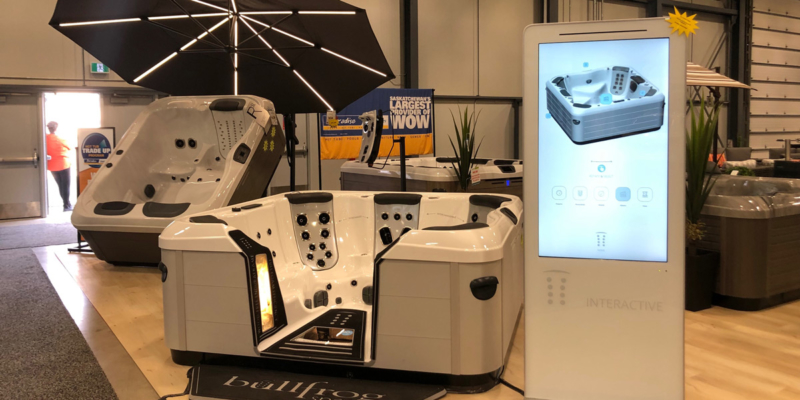

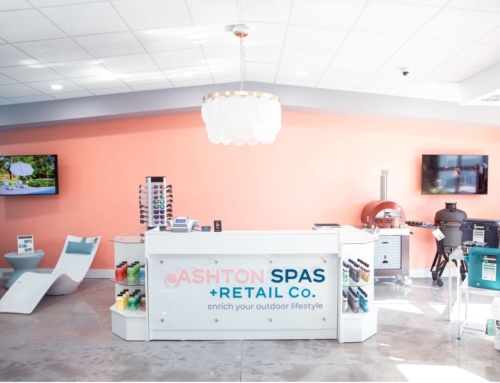
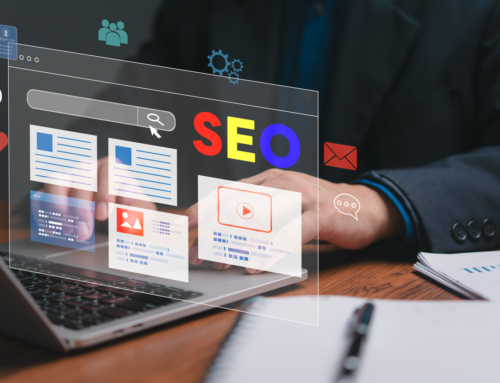
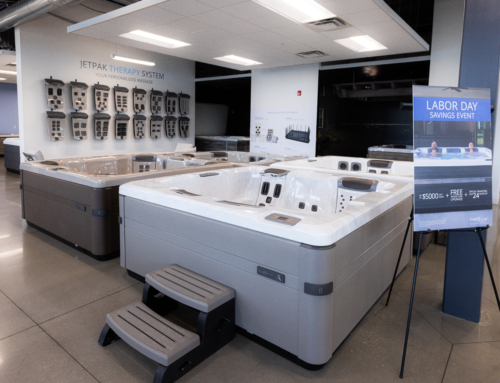
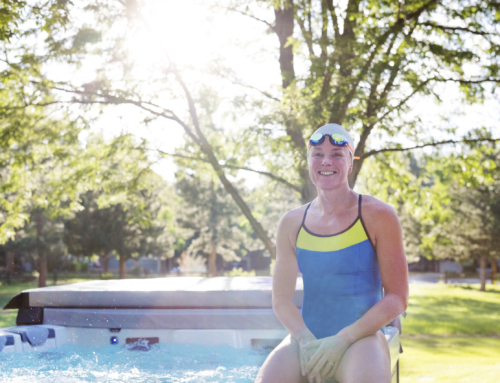

Leave A Comment